Plenty of car firms have a rich motorsport heritage, but few can accurately claim that it’s baked right into their name like Cupra can. It’s hidden in plain sight: Cup Racing.
What was once a badge used for Seat’s motorsport efforts and hot road cars is today a stand-alone brand with a broader, more rounded focus, but it still has competition at its heart. “Motorsport is still very important for us,” says marketing chief Thibaud Vincent-Genod. “It’s in our DNA, so it’s natural for us to look where we can be involved.”
In recent years, its focus has been on touring cars with the TCR-spec Cupra Leon, expanding into the electric Pure ETCR series in 2021. But Cupra took a bold leap last year, becoming the first manufacturer to sign up for the new Extreme E category, with a team run by Abt, the German tuning firm that has also run Audi’s title-winning DTM and Formula E works efforts.
That said, walk through the various tents assembled on an otherwise innocuous patch of Saudi Arabian desert that forms the Extreme E paddock for the 2022 season opener and Abt Cupra doesn’t exactly stand out as one of just two manufacturer-backed teams.
You won’t find any of the trappings normally associated with a major manufacturer’s motorsport project: the service tent is the same size as every other, there’s a small handful of mechanics instead of a vast phalanx and there isn’t a vast hospitality unit to entertain hundreds of vaguely interested VIPs. The only real clue is the Cupra Born parked in the sand behind the tent.
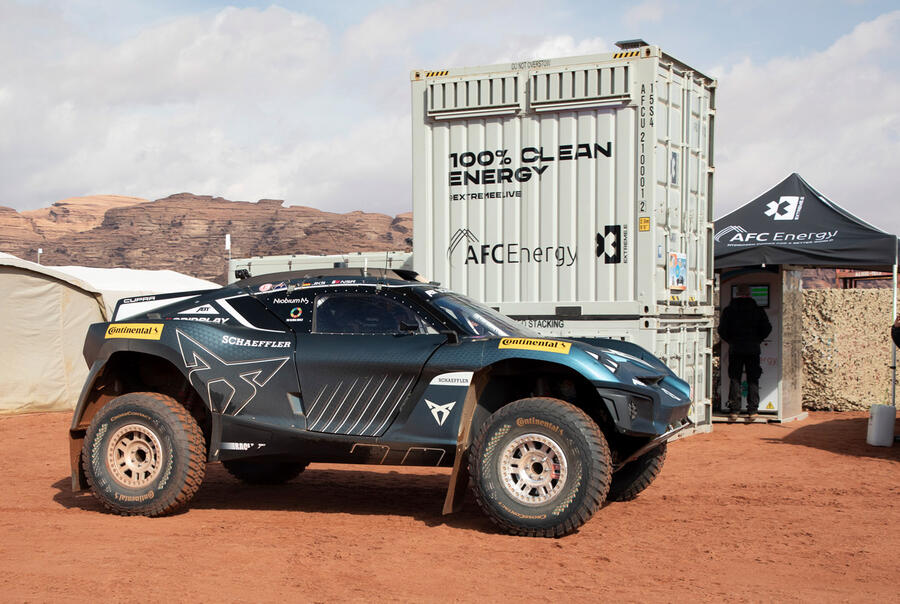
But don’t mistake that lack of paddock presence for a lack of commitment: it’s actually part of the reason Cupra is here. Such small infrastructure is inherent to Extreme E to keep costs down and to maintain its commitment to environmental sustainability – which Cupra, like all car makers, is hugely keen to promote. That means the events are spectator-free and there are limits on staff numbers and freight so as to reduce the carbon impact of travel.

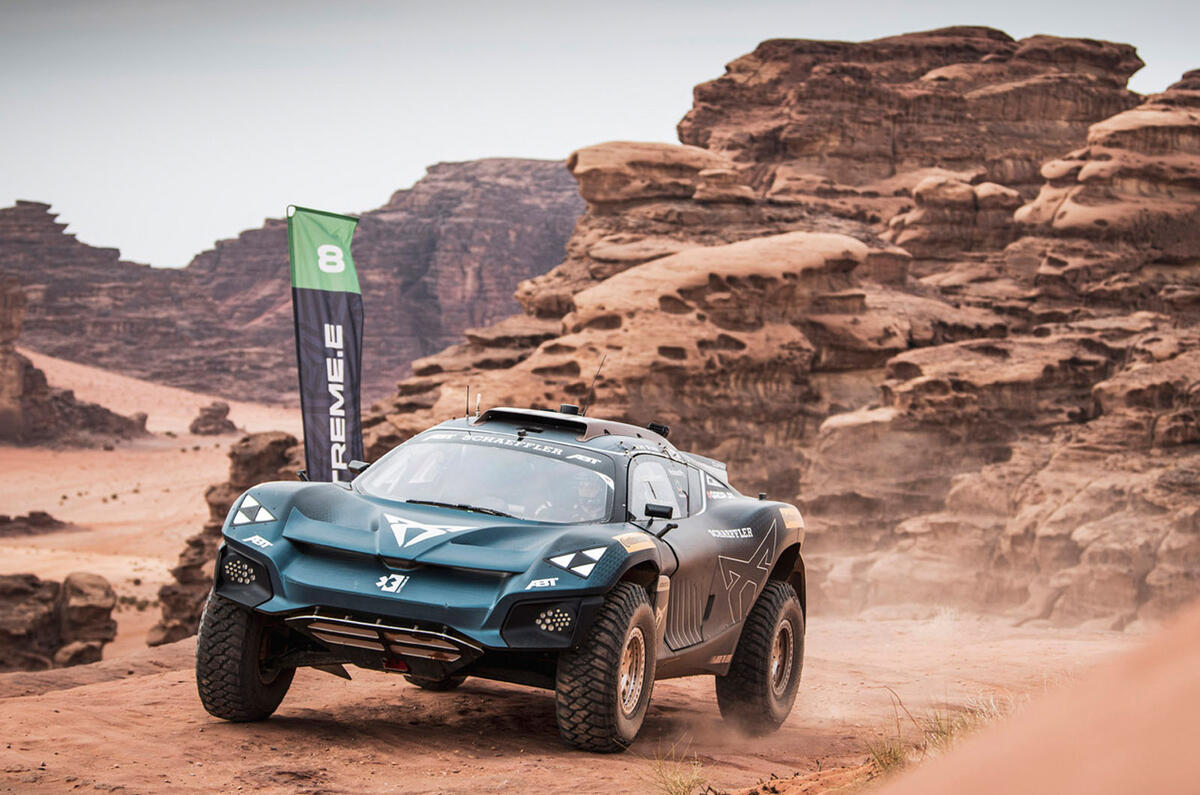















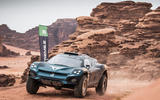
















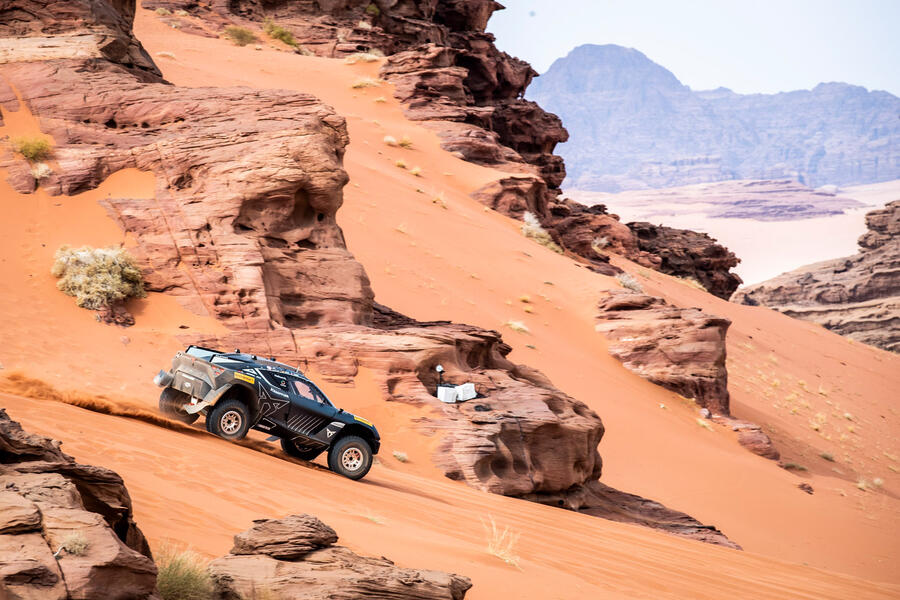
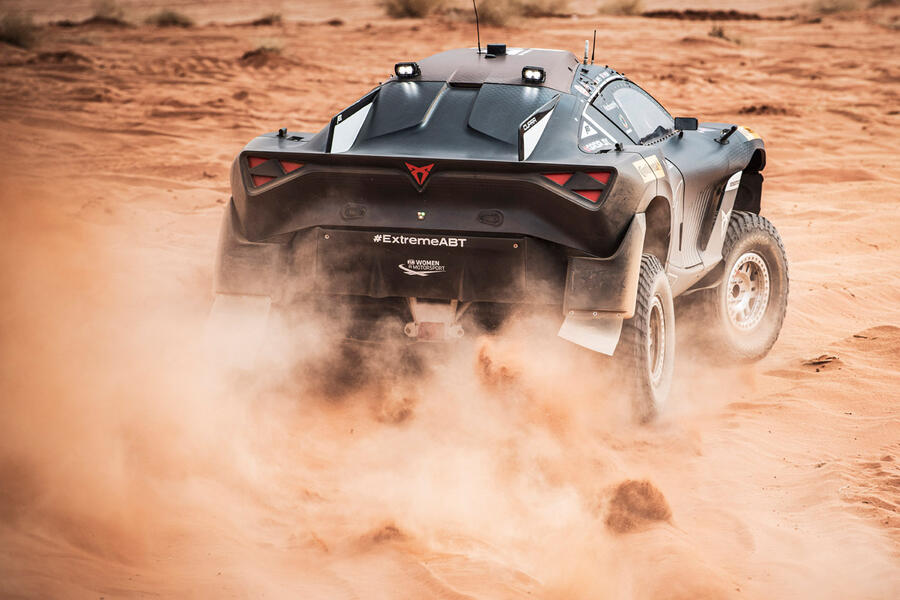
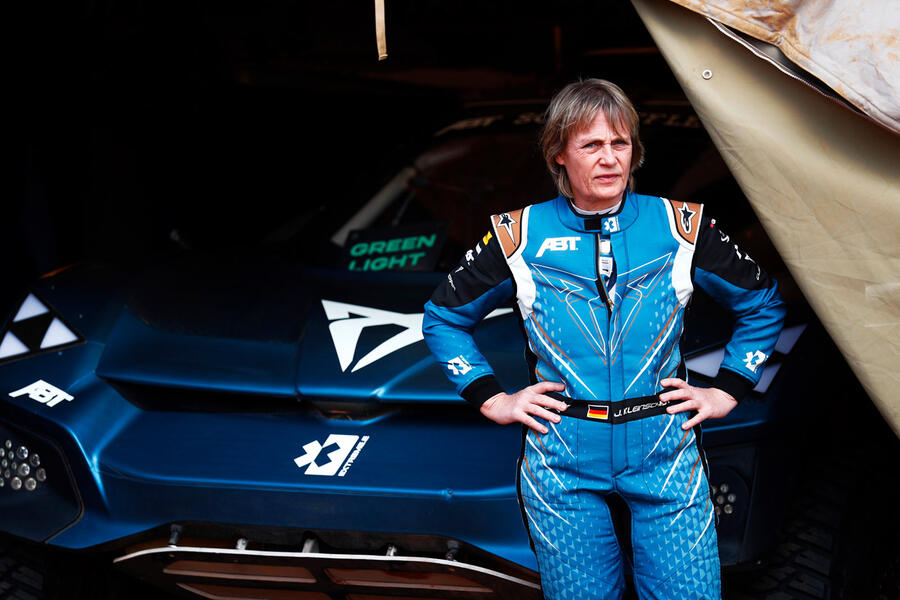






Add your comment